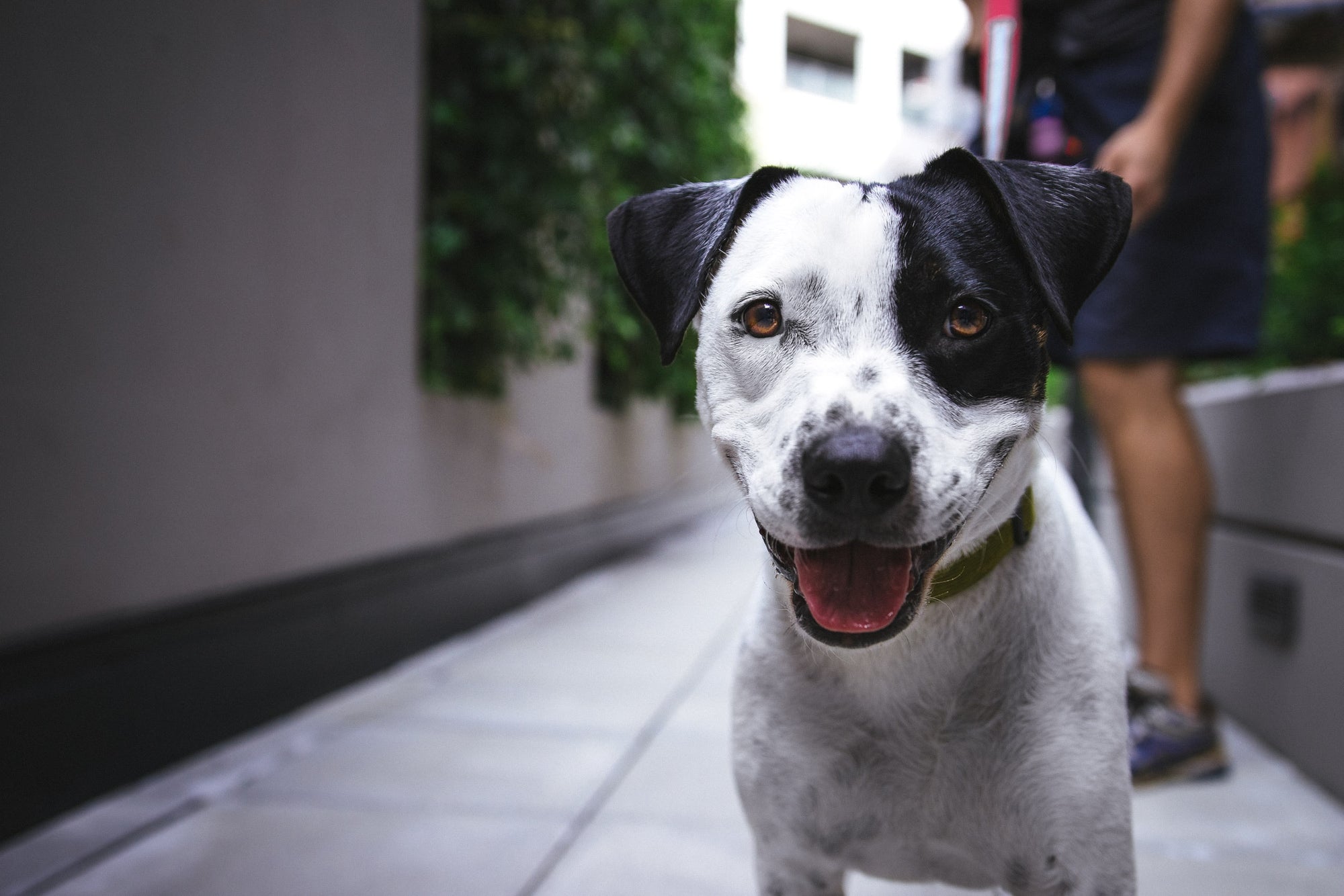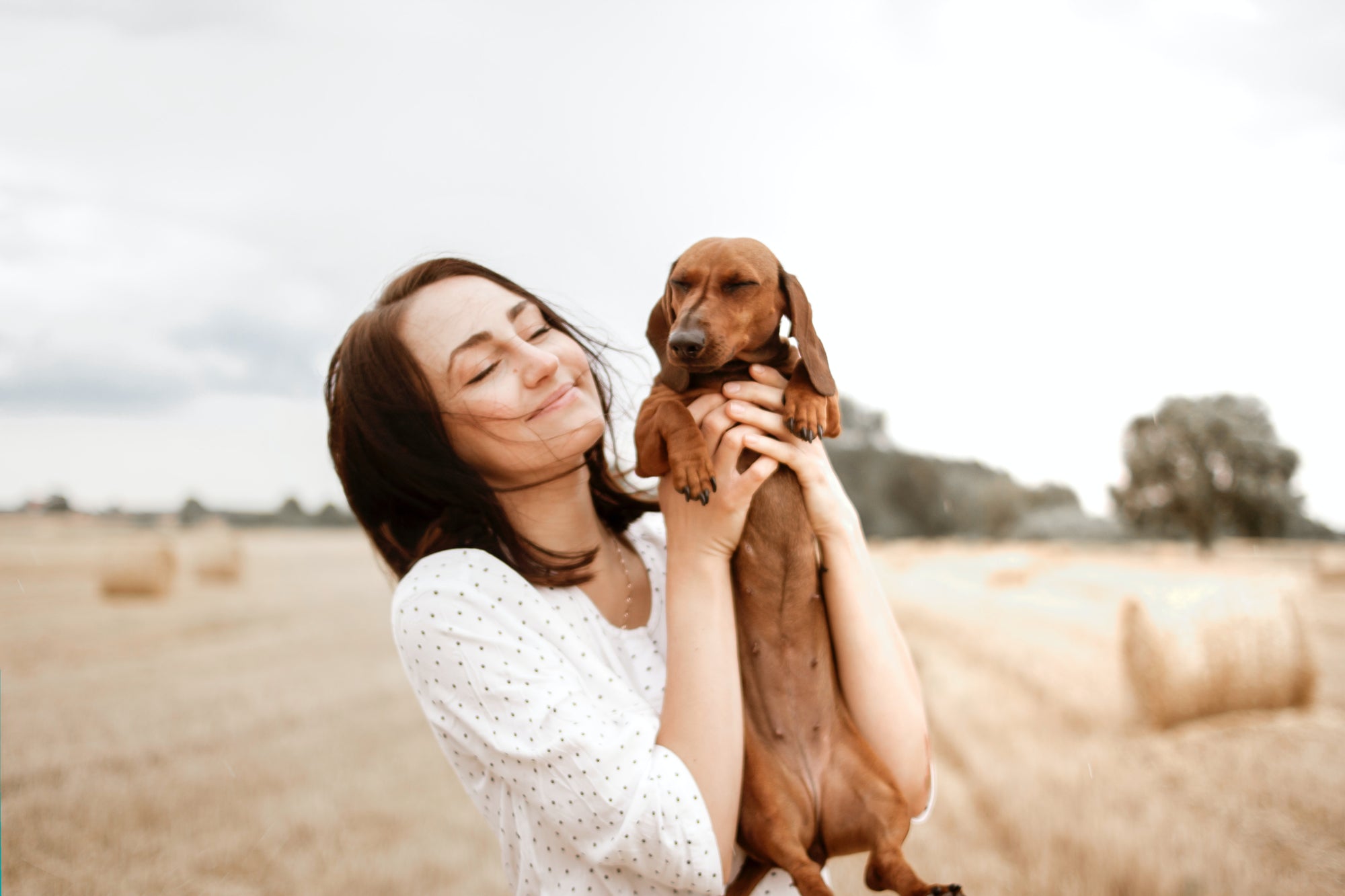If you’re bringing a new fur baby into your household, chances are you’re full of excitement and happiness about the new arrival! But if you have other pets in the house already, it’s important to remember that they might not be feeling quite as optimistic about sharing your attention as you are.
Making the right first impression when introducing your new dog to your existing pets is vital for ensuring a wonderful friendship that will last a lifetime. And there are a few tricks and tips you can use to make this introduction go as well as possible.
Choose your new pet wisely
Before you even get close to bringing home a new dog, it’s vital to consider your existing pets. Taking a little time to consider your pets’ personality and how compatible your new dog will be with them can make the difference between a match made in heaven and a hellish household where you’re constantly breaking up fights… Horrible for you, your existing pet, and the new arrival!
If you already have a dog in your home, we generally find the following combinations work well:
- Conflict is least likely: Between a male dog and a female dog.
- Conflict is less likely: A male dog with another male dog.
- Conflict is most likely: Two female dogs.
You should also consider your dog’s personality and whether the new pup will be a good fit. For example, an incredibly active puppy coming into a home with an older dog with health problems (for example, osteoarthritis) could stress the older dog and upset the puppy who may not understand why the older dog doesn’t want to play.
Meet in a neutral place
While you might want to bring your new pup straight home, your existing pet may become territorial if a stranger enters their home. For this reason, it’s generally best to introduce the dogs in neutral territory such as an open park.
Bring a helper (an adult helper) along with you for the first meeting and keep both dogs on a loose leash (not a retractable one), so you can control them if needed, but they still have space to explore.
Bring the dogs to the meeting place separately and allow the person walking the new dog to “catch up” and approach from the side. Walk together with the dogs side-by-side to look at and sniff each other so they can become familiar.
Coming home
Once the dogs have met, walk them home together and bring them into your own yard. Allow them to investigate one another on long leashes until they’re demonstrating relaxed and happy body language. At this point, you can drop the leashes and allow the pups to interact.
Do not leave your pups unattended during this first meeting. Playtime can go wrong when dogs aren’t familiar with one another, and you’ll need to be on-hand to pick up any changes in body language immediately.
If things do escalate, avoid the temptation to yank the dog’s back by the leash, and instead distract them with treats and separate them calmly.
In the house
When bringing the dogs into the house, you’ll need to have done a bit of preparation beforehand to ensure there’s no competition! Each dog should have his/her own water bowl, food bowl, bed, and toys. These should all be separated.
If you use a dog ramp to allow your pet on furniture, then it might be worth removing it for the introductions, or ensure that both dogs have their own ramp and their own spot on the couch where they’re not in each other’s way.
The first few weeks
The first few weeks can make or break the relationship between your pets. Be sure to keep a careful eye on both dogs to ensure they’re playing nicely and respond to any signs of aggression or territorial behaviour immediately.
Avoid high value treats for the first few weeks, as these could cause competitiveness. When you introduce these rewards later, be sure there’s plenty of high-quality food for everyone!
Always feed your pets separately, preferably in different rooms, to avoid conflict. Your existing dog’s feeding schedule should remain the same, your new pup can learn a different routine.

Cats
When you’re bringing a new dog home to meet your resident cat, keeping both animals calm is vital!
Always keep the dog on a fixed leash attached to their collar properly and under your control, and introduce him/her to your cat for a few minutes at a time so they can get used to each other slowly.
You should always ensure your cat has plenty of places to retreat to that are their own. Keep the cat’s water, food, and litter in a safe spot that only the cat can access.
Relationships are a process
Be present for every interaction in the first few weeks and be sure to offer plenty of praise and fuss to both (all) animals, so none feel neglected.
Remember, relationships aren’t made overnight. You might need to be patient while your pets adjust to each other. But we’re sure it will be worth it.
About the Author: Emma is a popular pet-blogger and a pet-parent to two four-legged friends. She enjoys sharing her knowledge of pet-health, pet behavior, and pet training.


